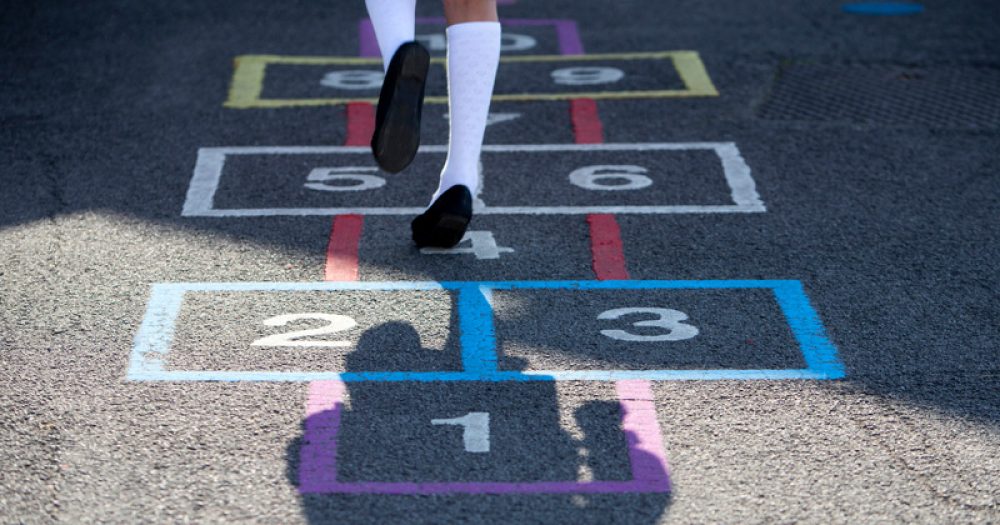It’s an uncomfortable subject for many, but a recent court case has highlighted the need for schools to have robust guidelines in place that address the problem of sexual abuse perpetrated by young children, says Emma Bannister Dean
With Barnardo’s reporting to the House of Commons science and technology committee that children as young as five are perpetrating sexual abuse on their peers, and this week’s reports of a high settlement paid to parents of an abused pupil, it’s important for schools to know how to protect themselves and their pupils.
Sexual assault on children is an emotive and highly charged issue. When that assault is committed by another child, adults often shy away. With the recovery of the victim being so strongly linked to the way in which these incidents are dealt with, schools need to ensure the availability of adequate training, sanctions and counselling. This is particularly the case in primary schools, where the perpetrators are below the age of criminal responsibility and the school may be the only organisation that is able to send a strong signal about the acceptability of behaviour among its community.
Schools can feel so conflicted by their obligations to both parties that they are unable to make decisions
The increasing use of social media and the internet by primary-school children unfortunately results in some children becoming sexualised or learning sexual behaviours at a very young age.
Safeguarding policies and procedures are often designed to protect children from adults. While behaviour policies might cover allegations of sexual assault, they often do not deal with allegations where the perpetrator and the victim are both pupils.
In my experience, both when advising on these situations and when dealing with them as a governor, schools can feel so conflicted by their obligations to both parties that they are unable to make clear and timely decisions. Preparation is the key to protecting all parties.
To minimise the fallout:
• Adapt behaviour policies to deal with situations where both parties are pupils.
• Train staff in how to identify and challenge risky behaviour.
• Enable staff to understand when to escalate and report concerns.
• If the worst does happen, follow your adapted policies and procedures. They provide you with a clear decision path and justify your actions.
• Don’t assume that waiting for it to go away will be the best way of protecting the school’s reputation.
• Engage early with professional advisers who can provide you with the toolkit to interact with parents and pupils.
If you don’t get it right, what are the risks?
The most serious risk is to the victim and their recovery.
In the current reported case of the girl known as Bella, who was repeatedly sexually assaulted at her primary school by two fellow pupils when she was aged six, staff had witnessed inappropriate sexual behaviour by the boys towards Bella but failed to report their concerns or to intervene. They had also failed to notify her parents. When the abuse did come to light and Bella’s parents asked for counselling to help their daughter, they were told that she was not entitled to counselling because she did not come within the “child in need” criteria.
We all find the idea of hyper-sexualised primary-school children an uncomfortable one. With prevention and adequate responses to assaults being so critical, the lack of training, counselling and robust enforcement of behaviour policies cannot continue. Staff need adequate training to enable them to fulfil their safeguarding role and we all need to put our discomfort aside and tackle these issues.
There is an understanding among parents that schools take on an implied duty of care for their children while on school premises. It was in response to a claim by Bella’s parents for breach of that duty that the primary school in question paid a large settlement. The press reported this case as the first example of a settlement being paid in these circumstances. Those of us advising schools know that unfortunately this was not the first.
Evidence of what the school has done to minimise the risk of such assaults and to maximise the victim’s chances of recovery will all help to protect the school as well as potential victims. The messages sent to pupils will also contribute to making the school community a safer space.













Your thoughts